This Mojarra Frita recipe is a delicious fried fish dish, bursting with flavor and crispy goodness. It is a culinary delight, perfect for all seafood lovers and ready in under 30 minutes!
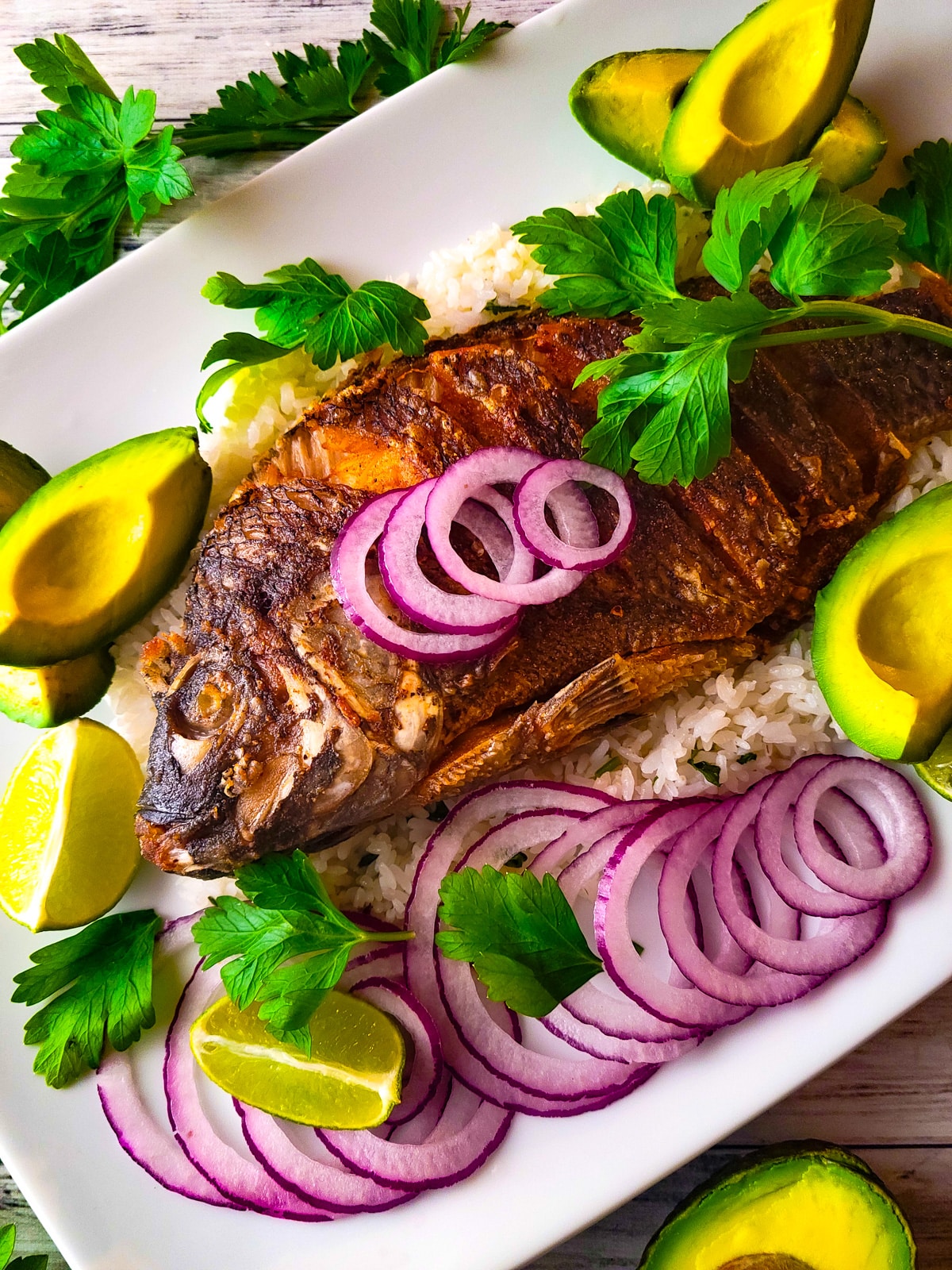
Mojarra is a popular dish enjoyed throughout Latin America, especially popular throughout Central and South America. Although it is consumed throughout the whole year, it’s also a special dish to make for special occasions, holidays and especially popular during Lent and for Good Friday.
It’s inexpensive and incredibly easy to make with impressive flavorful results.
Easy and perfect to pair with a multitude of dishes! Sometimes I pair mojarra with just a simple salad, yuca frita and coditos. Other times when I want to serve my family a more filling meal, I serve it with arroz blanco, habichuelas guisadas, tostones and avocado.
Jump to:
What is Mojarra Fish?
Although I know Mojarra as just Fried Mojarra or Tilapia Frita, technically, mojarra is a family of fish that includes at least 53 species of fish, including tilapia. For this recipe, we will be using tilapia. It’s accessible for many of our readers and as such, is perfect for this recipe of fried Mojarra.
Find whole tilapia at your local fish market or even in the frozen seafood section of your local supermarket.
What is the Secret to Frying Whole Fish?
- Oil – Bring the oil to 375° degrees. If you are frying more than one fish, bring the oil back up to heat before adding the next one.
- Overcrowding – If your skillet is not large enough to cook more than one fish at a time, fry in batches instead. Otherwise, you will overcrowd the skillet and bring the heat of the oil down causing the fish to “boil” in oil rather than frying.
- No Lid – Using a lid will cause the fish to cook on the inside too soon before forming a crispy skin exterior, causing the fish to dry out.
- Frozen Whole Fish – If using a whole frozen fish, allow it to defrost the night before in the refrigerator.
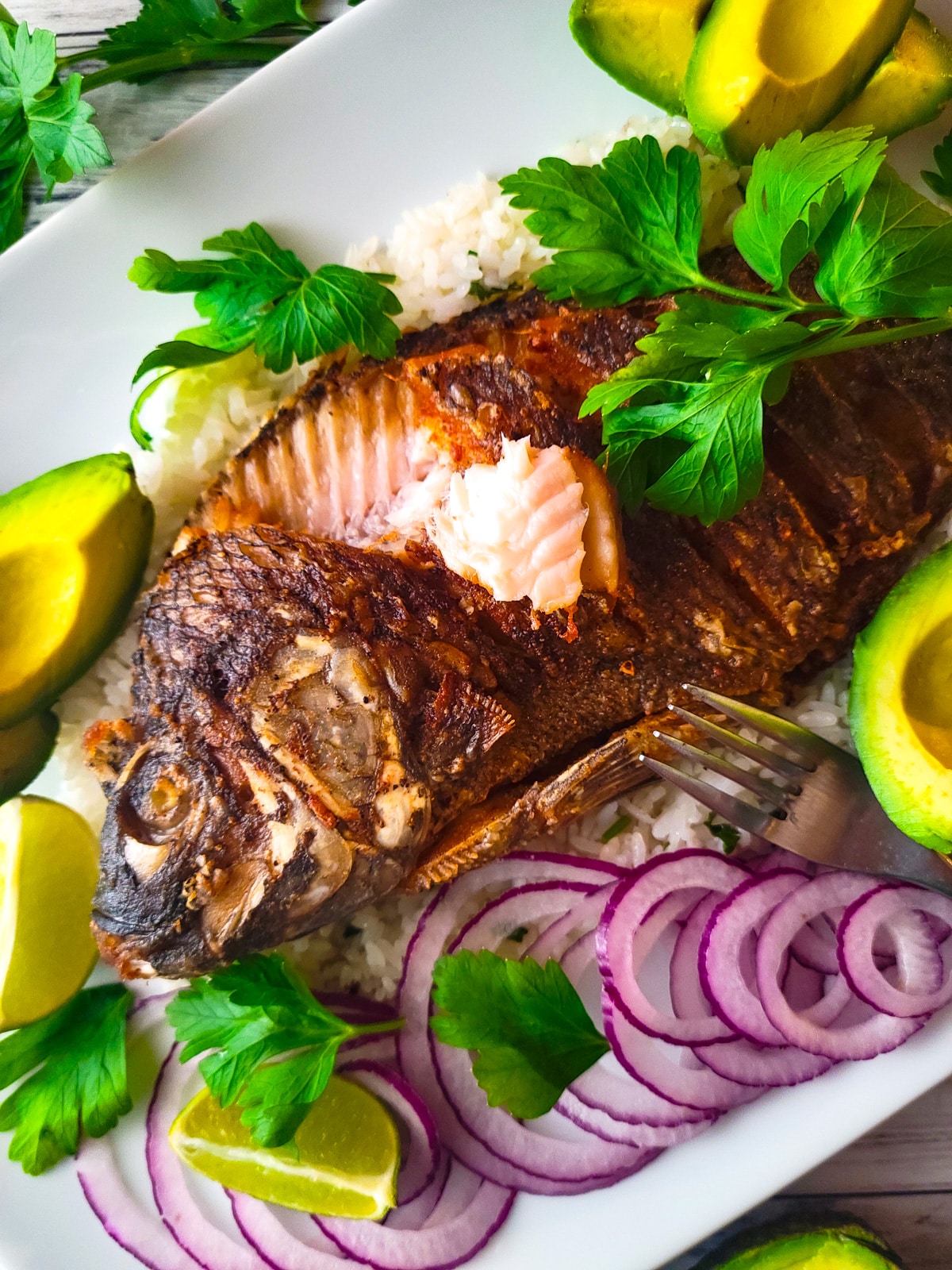
Reasons to Love this Recipe
- Easy Preparation: This dish is simple to make at home, making it accessible to cooks of all skill levels.
- Family-Friendly: Its mild yet flavorful taste makes it a hit with both adults and children, making it a family-friendly favorite for dinner or any special occasion.
- Pairing Possibilities: This dish pairs well with a variety of side dishes, from simple salads to plain white rice, rice and beans, allowing for endless meal combinations.
- Crispy Delight: This fried fish dish offers a satisfying crunch with each bite. Its perfectly fried flavorful exterior, makes it irresistible!
- Versatile Dining: Whether as a main course or a finger-food snack, this fried fish dish is suitable for various occasions. Serve for a casual dinner or for a special occasion and excellent for the holidays.
Ingredients

- Whole Tilapia – If you are not a fan of cooking a whole fish, ask your fish market to cut the head and tail off for you.
- Seasoning – Use adobo or general purposegeneral-purpose seasoning. In a pinch, using just simple salt and pepper is fine too.
- Garlic – use freshly chopped garlic or garlic puree.
- Flour – all-purpose flour or cornstarch for coating fish.
- Lemon or Lime – to sprinkle fish at the end of cooking.
- Oil – Use vegetable or canola oil for frying.
See my recipe card below for a complete list of the ingredients with measurements.
Substitutions and Variations
What if I Cannot Find Whole Tilapia Where I Live?
You can also use any other whole fish that you like. Delicious options are red snapper, yellowtail and porgy.
Can I Use Fish Fillets Instead?
Although this dish is traditionally made using whole fish, you can also use fish fillets.
I’m Not a Fan of Using Flour for Fried Foods.
Coating the fish is completely optional and not necessary.
Instructions

Step 1: Rinse the cavity and whole fish under cool water really well. Then, using a sharp knife, cut slits on the skin of the fish.

Step 2: Season the fish with the chopped garlic or garlic puree in between slits and also all over the fish. Sprinkle with adobo, salt and pepper on both sides.

Step 3: Add ½ inch to 1 inch of oil to a large skillet. Heat over medium-high heat. When the oil is hot, CAREFULLY, add the fish. Note: When adding the fish be very careful as the oil can splatter.
Lower the heat to medium and cook the fish for about 10-12 minutes on one side. Then flip over and cook for an additional 10-12 minutes.

Step 4: When the fish is done, carefully remove the fish from the skillet and drain on a plate lined with paper towels. The fish is done. Let the fish rest for 5 minutes and then serve. *Fish should be crispy on the outside and tender and moist on the inside.
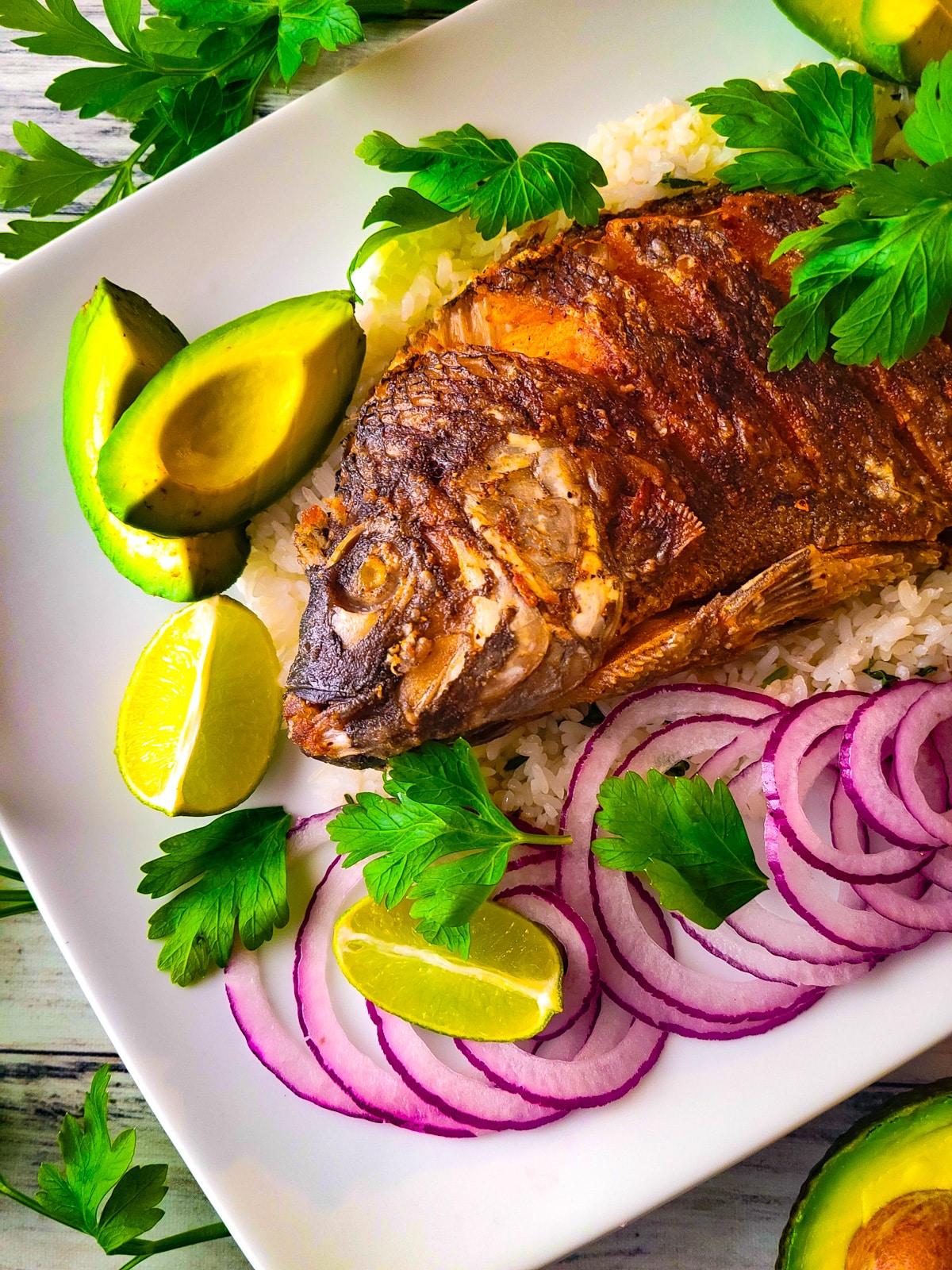
What to Serve with Mojarra Frita?
Mojarra is great with everything from french fries, cold salads to rice. Below are just a few ideas.
- ensalada de papa (potato salad)
- coditos (macaroni salad)
- yuca frita (fried yuca)
- tostones (fried green plantains)
- ensalada de granos (bean salad)
- ensalada de garbanzos (garbanzo salad)
- ensalada de frijoles (black bean salad)
- Puerto Rican rice and beans (arroz con habichuelas)
- yellow rice with corn (arroz amarillo con maiz)
Expert Cooking Tips
- Fry the Fish in Hot Oil – It is especially important to fry your fish in hot oil otherwise the fish will stick to the skillet and will also soak to much oil.
- Flouring – You do not have to flour the fish in order to fry it but if you choose to, make sure to shake excess flour off of the fish. You want a light not heavy coating on the fish.
- Cooking Oil – It is important to add ½ – 1 inch of oil to the skillet so that the fish cooks uniformly and evenly.
- Don’t Use a Lid – For the best crispy exterior and moist interior, do not use a lid to cover your skillet while cooking.
- Drain Excess Oil – After you have fried your fish, make sure to drain excess oil by lining a plate with paper towels.
Recipe FAQs
If you buy your fish from a fish market, your fish will already be gutted and ready to cook. Simply rinse your fish under cool water and it will be ready to season.
Frozen whole fish is also already gutted but may still have gills. Simply lift the flap and pull the gills on each side of the fish with your fingers and rinse the entire fish well under cool water. If you see any remnants of guts in the belly, remove and rinse the fish again. The fish will now be ready to season.
You want to use an oil that has a neutral flavor and high smoke points. Canola, vegetable and peanut oil are the best for frying fish.
Although some choose to marinade their fish for at least 30 minutes, it’s not necessary. The adobo, garlic, salt and pepper provide enough flavor instantly and as such doesn’t need to marinade.
For the best results, do not overcrowd your frying pan as this will lower the heat of the oil causing the fish to soak too much oil and not form the best crispy exterior.

Other Seafood Recipes You Will Love
Did you try this recipe? Please leave a ⭐ review below!
Click any of the images in the post to PIN this Recipe and don’t forget to follow along on Pinterest and Facebook.
📖 Recipe

Mojarra Frita
Ingredients
- 1 whole fish tilapia, red snapper, yellowtail, porgy
- adobo sprinkled on fish
- 2 cloves garlic or 2 teaspoons garlic puree
- salt and pepper sprinkled on fish
- flour optional
- vegetable or corn oil
- lime or lemon to sprinkle on fish
Instructions
- Rinse the cavity and whole fish under cool water really well. Then, using a sharp knife, cut slits on the skin of the fish.
- Season the fish with the chopped garlic or garlic puree in between slits and also all over the fish. Sprinkle with adobo, salt and pepper on both sides.
- Add ½ inch to 1 inch of oil to a large skillet. Heat over medium high heat. When the oil is hot, CAREFULLY, add the fish. Note: When adding the fish be very careful as the oil can splatter.Lower the heat to medium and cook the fish for about 10-12 minutes on one side. Then flip over and cook for an additional 10-12 minutes.
- When the fish is done, carefully remove the fish from the skillet and drain on a plate lined with paper towels. The fish is done. Let the fish rest for 5 minutes and then serve. *Fish should be crispy on the outside and tender and moist on the inside.
Notes
Nutrition
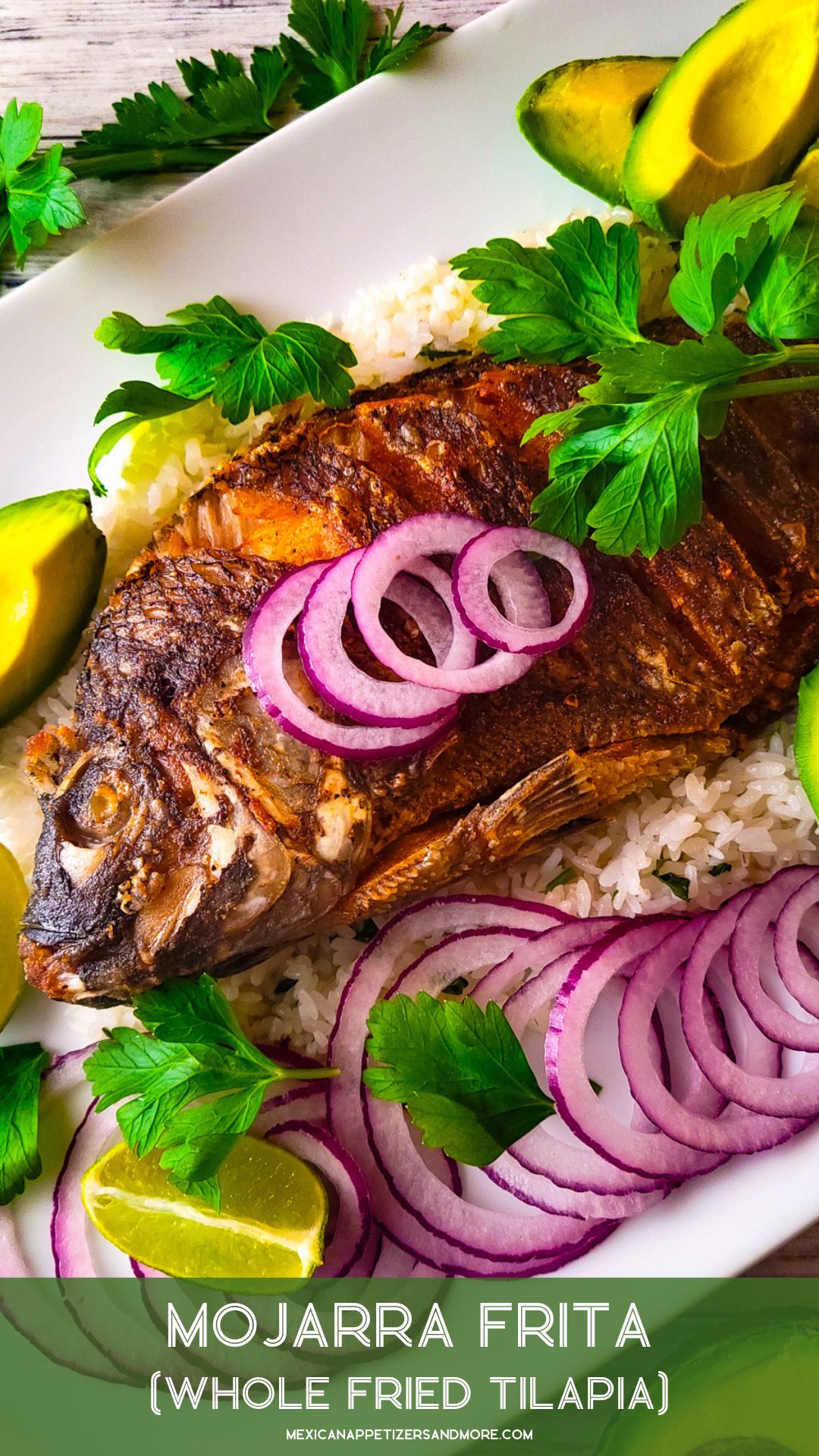

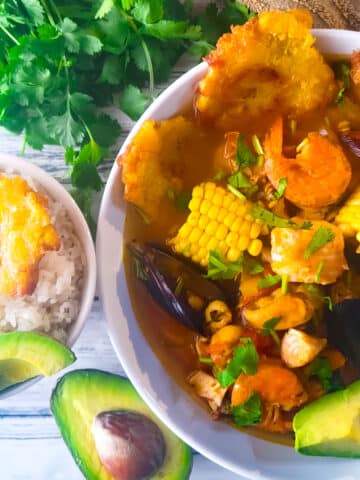
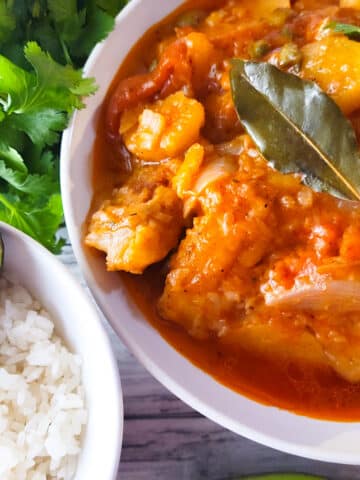
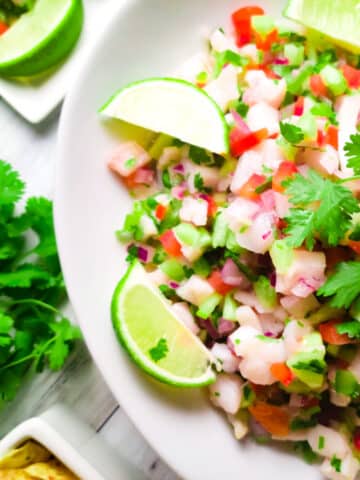
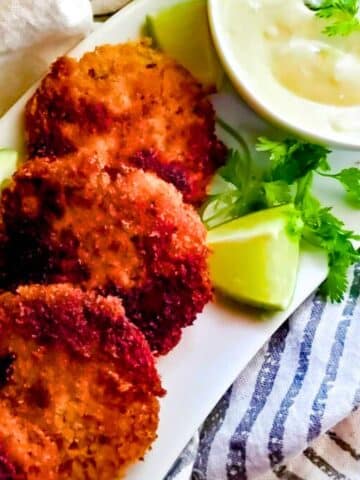
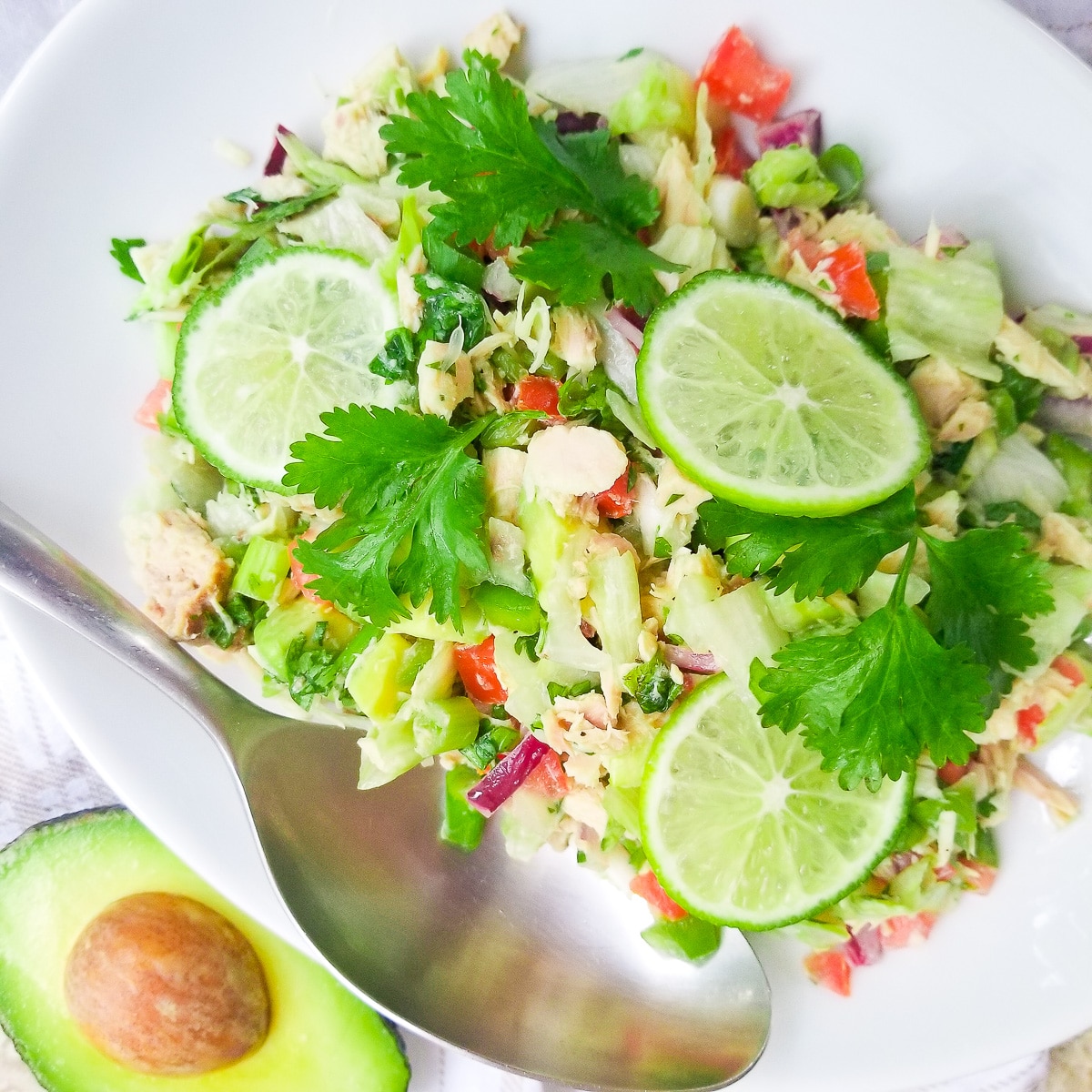
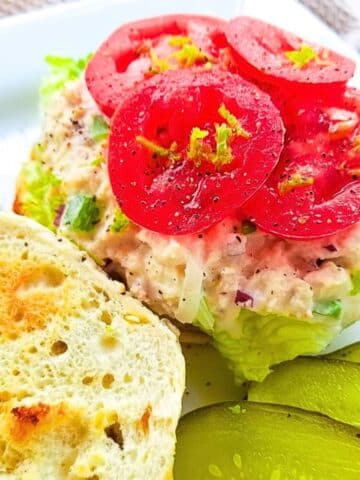
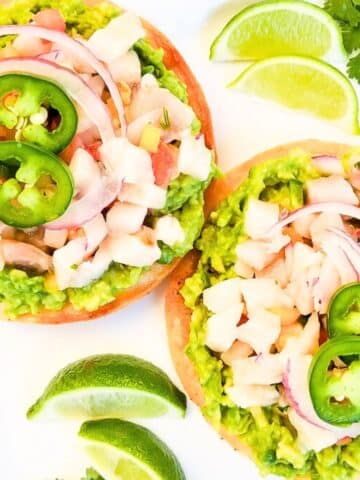
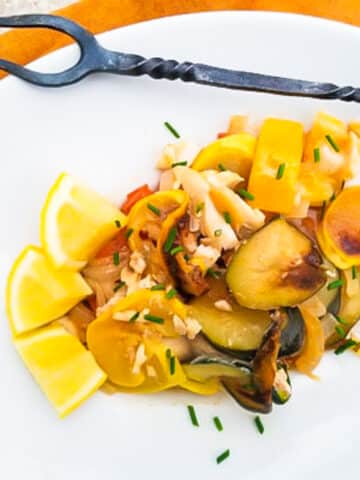

Join the Discussion